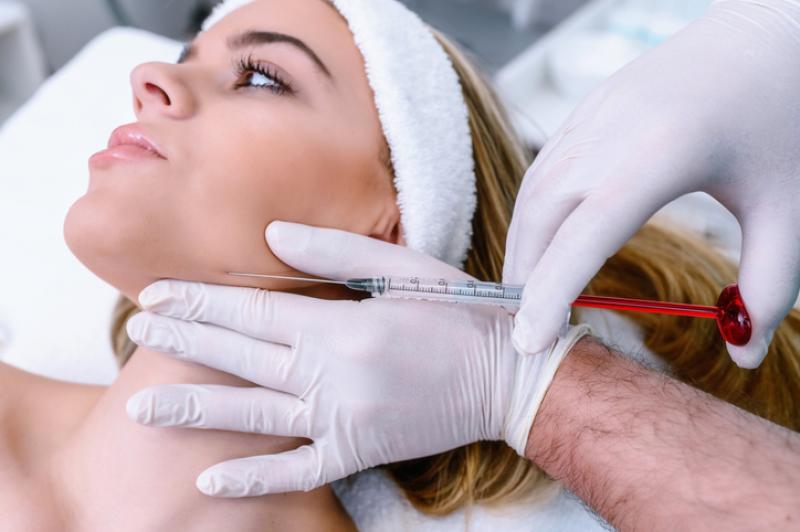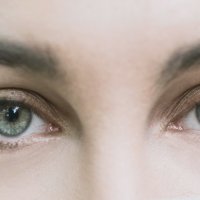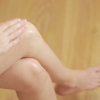Home > Blog > Cosmetic Surgery
What Are Dermal Fillers?

Dermal fillers are a popular way to reduce the appearance of wrinkles and add volume to the face. They are an effective and minimally invasive treatment that can help create a more youthful appearance without having to undergo surgery. The availability and popularity of dermal fillers have soared over the years due to the expansion of the beauty industry and the promotion of certain procedures, like lip fillers, from celebrities and influencers.
Discover the basics of dermal fillers, including what they are, the different types available, the benefits, preparation, and aftercare instructions.
Introduction to Dermal Fillers
Dermal fillers are used to help reduce the appearance of wrinkles, add volume to the face, and create a more youthful look. They are made of a variety of materials, including hyaluronic acid, collagen, and poly-L-lactic acid. The material used in the filler will depend on the desired effect and the area being treated.
Dermal fillers can be used to target specific areas of the face, such as the cheeks, lips, and jawline. They can also be used to fill in wrinkles and lines around the eyes, mouth, and forehead and can be used to enhance facial features and create a more balanced, symmetrical look.
What are Dermal Fillers?
Dermal fillers are a type of cosmetic injectable that can be used to reduce the appearance of wrinkles, add volume to the face, and create a more youthful appearance. They are typically injected into the skin with a needle or cannula. The injection is done in a controlled manner to minimize the risk of complications. Dermal fillers are temporary, so they will need to be repeated every few months in order to maintain the desired results.
There are many different types of dermal fillers available, so it is important to speak to an experienced medical professional to determine which type is right for you.
Types of Dermal Fillers
There are several types of dermal fillers available, and the most common types usually include hyaluronic acid fillers, collagen fillers, and poly-L-lactic acid fillers. Hyaluronic acid fillers are the most popular type of dermal filler and are made from a naturally occurring substance that helps to retain moisture in the skin. Hyaluronic acid fillers are used to add volume to the face, reduce wrinkles, and create a more youthful appearance. Collagen fillers are made from a protein found in the skin and can be used to reduce wrinkles, add volume to the face, and create a more youthful look. Collagen fillers are not as long-lasting as hyaluronic acid fillers, so they may need to be repeated more often.
Finally, poly-L-lactic acid fillers are made from a synthetic substance that is injected into the skin to stimulate collagen production and are administered into the skin to reduce wrinkles, used for lip fillers, add volume to the face, and create a more youthful appearance.
Benefits of Dermal Fillers
Dermal fillers can provide many benefits, including the following:
- Reduce the appearance of wrinkles: Dermal fillers can help to reduce the appearance of wrinkles, which can help to create a more youthful appearance
- Add volume to the face: Dermal fillers can help to add volume to the face, which can help to create a more balanced and symmetrical look
- Create a more youthful appearance: Dermal fillers can help to create a more youthful appearance by reducing wrinkles and adding volume to the face
- Non-invasive: Dermal fillers are a minimally invasive treatment, so there is no need for surgery or recovery time
Preparation for Dermal Filler Treatment
Before getting dermal filler treatment, it is always recommended to speak to an experienced medical professional who will be able to discuss the different types of fillers available, the risks and benefits of each type, and the expected results. It is also important to inform the medical professional about any medications or supplements that you are taking. Some medications and supplements can increase the risk of complications, so you should always inform the medical professional about any medications or supplements that you are taking.
The medical professional will also provide instructions on how to prepare for the treatment. This may include avoiding certain medications or supplements, avoiding alcohol and smoking, and avoiding sun exposure prior to the treatment.
Aftercare Instructions for Dermal Filler Treatment
After getting dermal filler treatment, it is essential to follow the aftercare instructions provided by the medical professional. This may include avoiding sun exposure, avoiding strenuous activities, and avoiding alcohol and smoking.
Avoid touching or rubbing the treated area. Doing so can cause the filler to move and can lead to complications. Further, you should inform the medical professional of any possible side effects, as common side effects of dermal filler treatment can include bruising, swelling, redness, and tenderness.
More to Read:
Previous Posts:






